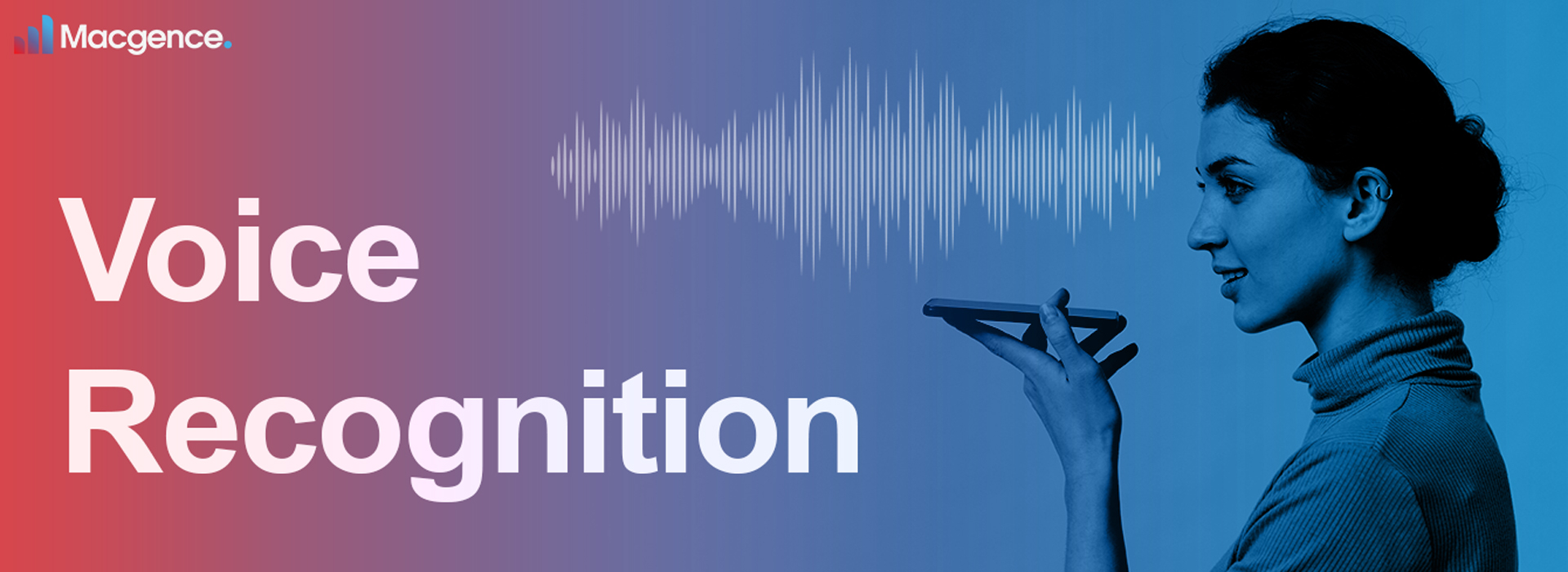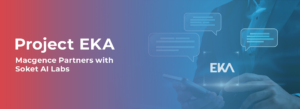Complete Guide for Mastering Voice Recognition
Did you know that voice recognition technology has been around for decades? The first voice recognition system, “Audrey,” was developed in 1952. Since then, it has come a long way. It has empowered computers and devices to understand human speech like never before. In this guide, we will delve into the inner workings of it. and also we will explore complex algorithms and machine learning models that make it possible. Discover the convenience of hands-free operation and the increased efficiency it brings to various applications. So, Join us on this journey to master it.
Table of Contents
What is Voice Recognition?

Voice Recognition is a fascinating technology that enables computers and devices to comprehend and interpret human speech. It empowers machines to transform spoken words into written text or execute voice commands for carrying out particular functions. This technology has progressed significantly over time, enabling devices such as smartphones, smart speakers and virtual assistants to accurately comprehend and respond to human voices with precision.
How Does Voice Recognition Work?

It works by using complex algorithms and machine learning models. When someone speaks, their voice produces sound waves that are converted into digital information. This information is then analysed and compared to a vast collection of speech patterns and phonetic representations in a database.
The system uses two main models: the acoustic model and the language model.
Acoustic Model:
- The acoustic model focuses on the sounds present in speech.
- It maps audio features to phonemes, which are distinct speech sounds representing individual or groups of letters.
- By breaking down speech into phonetic representations, the acoustic model can identify the words spoken.
Language Model:
- The language model helps to determine the context of the words and phrases used in speech.
- It considers the likelihood of certain words appearing together based on extensive language training.
- This contextual understanding improves the accuracy of the system.
To achieve accurate speech recognition, both the acoustic and language models work in tandem. The acoustic model thoroughly analyses the raw audio input, breaking it down into individual phonemes. On the other hand, the language model takes charge of interpreting the context of these phonemes. Basically, its purpose is to recognize and understand the correct word or command accurately.
Advantages of Voice Recognition

These` technology offers numerous advantages that have made it increasingly popular in various applications:
- Convenience
These technology provides a convenient and user-friendly means of engaging with devices and systems. Rather than relying on keyboards or touch screens, individuals can effortlessly communicate their commands or inquiries through speech, resulting in more natural and intuitive interactions.
- Hands-free operation
Users can perform various tasks without having to physically interact with the device, reducing the need for manual input. For instance, users can place calls and control smart home devices just by speaking voice commands.
- Accessibility
It has transformed accessibility for individuals with disabilities. So, People with mobility impairments, vision loss, or conditions that limit their ability to use traditional input methods can now communicate with devices and perform tasks independently using voice commands.
- Increased efficiency
These technology enhances efficiency by allowing users to perform tasks more quickly and effortlessly. Whether it’s sending text messages or navigating through apps and settings, voice commands can execute tasks in a fraction of the time it would take using conventional methods.
- Improved user experience
Virtual assistants, powered by voice recognition, can engage in natural conversations, responding to user queries and requests with human-like interactions. So, This makes the experience more engaging, personalised, and enjoyable for users.
Uses of Voice Recognition

Voice recognition systems is applied in a wide range of industries and scenarios, providing valuable use cases in:
- Smart Homes
These technology plays a key role in smart home setups. It allows users to effortlessly control a wide range of connected devices. These devices include smart lighting, thermostats, locks and entertainment systems. So, by simply using voice commands, users can customise settings, toggle devices on or off and create personalised routines for a more advanced level of home automation.
- Virtual Assistants
Virtual assistants, like Siri and Alexa, rely on voice recognition to respond to user queries, set reminders, provide weather updates, and perform internet searches. So, these interactive voice-based interfaces make daily tasks more convenient and efficient.
- Healthcare
It is utilised in healthcare for clinical documentation purposes, allowing medical professionals to dictate patient information and notes accurately and efficiently. Hence, this streamlines the documentation process, saving time for healthcare practitioners.
- Customer Service
In customer service and call centres, these technology is integrated into interactive voice response (IVR) systems. Further, these systems route calls, gather information from callers, and provide automated responses, reducing call wait times and improving customer support efficiency.
Conclusion
In conclusion, it is a remarkable technology that empowers machines to understand human speech accurately. Thus, its advantages, including convenience, hands-free operation, and improved user experience, make it invaluable across industries. From smart homes to healthcare and customer service, speech recognition continues to revolutionise human-machine interactions, streamlining daily tasks in our connected world. Thus, Embrace its potential and get started with Macgence to unlock the full benefits of voice recognition technology.
Get Started with Macgence

At Macgence, we offer an innovative platform that specialises in voice recognition technology. We provide comprehensive training data and resources, empowering businesses and developers to enhance their applications. Whether creating a virtual assistant, a transcription service, or any voice-enabled system, our data significantly improves accuracy and performance. Also, With our expertise in training models, we ensure that voice recognition software achieves optimal results, making it a valuable asset in various industries and applications. Hence, Embrace the power of Macgence’s training data to unlock the full potential of it and revolutionise interactions with technology.
Frequently Asked Questions (FAQ’S)
Q1. What is an example of voice recognition?
Q2. Why do we need voice recognition?
Q3. What are the benefits of voice recognition software?
You Might Like
February 28, 2025
Project EKA – Driving the Future of AI in India
Spread the loveArtificial Intelligence (AI) has long been heralded as the driving force behind global technological revolutions. But what happens when AI isn’t tailored to the needs of its diverse users? Project EKA is answering that question in India. This groundbreaking initiative aims to redefine the AI landscape, bridging the gap between India’s cultural, linguistic, […]
March 7, 2025
What is Data Annotation? And How Can It Help Build Better AI?
Spread the loveIntroduction In the world of digitalised artificial intelligence (AI) and machine learning (ML), data is the core base of innovation. However, raw data alone is not sufficient to train accurate AI models. That’s why data annotation comes forward to resolve this. It is a fundamental process that helps machines to understand and interpret […]
March 6, 2025
Vertical AI Agents: Redefining Business Efficiency and Innovation
Spread the loveThe pace of industry activity is being altered by the evolution of AI technology. Its most recent advancement represents yet another level in Vertical AI systems. This is a cross discipline form of AI strategy that aims to improve automation in decision making and task optimization by heuristically solving all encompassing problems within […]
March 5, 2025
Use of Insurance Data Annotation Services for AI/ML Models
Spread the loveThe integration of artificial intelligence (AI) and machine learning (ML) is rapidly transforming the insurance industry. In order to build reliable AI/ML models, however, thorough data annotation is necessary. Insurance data annotation is a key step in enabling automated systems to read complex insurance documents, identify fraud, and optimize claim processing. If you […]


 Previous Blog
Previous Blog







